The Long War Journal (Site-Wide) |
|
Posted: 31 Jan 2015 10:24 AM PST
US Central Command, or CENTCOM,
reported yesterday that it killed Abu Malik, an Islamic State "chemical
weapons engineer," in an airstrike near Mosul, Iraq. Abu Malik was
associated with al Qaeda in Iraq and then the Islamic State for a decade
before he was killed.
"Malik was an ISIL (Islamic
State) chemical weapons engineer who worked at Saddam Hussein's Muthana
chemical weapon production facility before affiliating with al Qaeda in Iraq
in 2005," according to
the CENTCOM press release. "He later joined ISIL and his
past training and experience provided the terrorist group with expertise to
pursue a chemical weapons capability."
"His death is expected to
temporarily degrade and disrupt the terrorist network and diminish ISIL's
ability to potentially produce and use chemical weapons against innocent
people," CENTCOM concluded.
It is unclear if Abu Malik was
associated with the al Qaeda
in Iraq cell that the Iraqi Ministry of Defense broken up in 2013
(al Qaeda in Iraq was eventually rebranded as the Islamic State). That cell
was seeking to manufacture chemical weapons, including sarin nerve gas, and
plotting to conduct attacks within Iraq, Europe, and North America, according
to the Iraqi government.
|
|
Posted: 31 Jan 2015 08:20 AM PST
The Al Nusrah Front, al Qaeda's
official branch in Syria, has fought against Harakat Hazm (the Hazm Movement)
outside of Aleppo in recent days. Hazm is one of the few rebel groups to
receive limited American aid in the Syrian war.
Leaders of the Hazm Movement have praised
Al Nusrah in the past. And the two organizations have fought side-by-side at
times, drawing into question Hazm's reliability as a Western partner. Hazm
has also partnered with
other al Qaeda-linked jihadist groups.
But Al Nusrah is repeating the
tactics it has employed in the recent past by attempting to take ground from
Hazm. Late last year, Al Nusrah turned on the
Syrian Revolutionaries' Front (SRF), another Western-backed
rebel group that has repeatedly fought alongside al Qaeda in Syria. Just as
Al Nusrah took towns and villages from the SRF in Idlib, it is now seizing
Hazm positions outside of Aleppo. And the fighting between Al Nusrah and the
Hazm Movement is reportedly
spreading elsewhere.
When Al Nusrah launched its
offensive against the SRF in late October 2014, one of the organization's
propaganda arms on Twitter released
videos and statements accusing the SRF of committing various
crimes against Syrian civilians. Al Nusrah also justified its attacks by
claiming that its fighters had been unjustly imprisoned by the SRF.
Al Nusrah's propaganda, which is
intended to portray its offensive as just, repeats these same themes with
respect to Hazm.
Al Qaeda's Syrian branch has
released a 3 minute, 27
second video accusing Hazm of shelling civilians and torturing
prisoners. The video introduces several witnesses, who discuss their alleged
mistreatment by Hazm. Images of the purported damage done by Hazm's shelling
are also shown. While it may be true that Hazm abused the prisoners, Al
Nusrah is not known for treating its captives gently.
Several screen shots from the Al
Nusrah Front video are shown below.
In a separate statement released
via Twitter on Jan. 30, the Al Nusrah Front says it has reclaimed the Sheikh
Salman Camp from the Hazm Movement. Al Nusrah claims that Hazm seized the
camp three months ago and has held several Al Nusrah fighters captive there.
Al Nusrah argues that, along with other factions, it participated in
"liberating" the camp two years ago. Al Nusrah alleges that the
Hazm Movement shelled civilian areas in the surrounding villages as it
battled for control of the camp.
The Hazm Movement has used its
social media pages to respond. On Jan. 29, the group released a statement on
its Facebook page saying that it would withdraw "from all the
positions" its fighters were defending on the fronts surrounding Aleppo.
Hazm appealed to other rebel groups to intervene, and enforce an agreement
that prevents rebel infighting in and around Aleppo. Hazm also accused Al
Nusrah of being "takfiri," and of following an "extremist
ideology."
The Islamic Front, an alliance of
several rebel groups, has attempted to act as an intermediary between Al
Nusrah and the Hazm movement. A statement released on the Islamic Front's
official Twitter feed on Jan. 29 is signed by two groups, Ahrar al Sham and Suqur
al Sham.
The organizations say they are
saddened by the news of the infighting between their Muslim
"brothers," and recommend that the conflict be settled in an
independent sharia court. The statement implicitly takes Al Nusrah's side in
the fight, however. "We are prepared to reclaim the rights claimed by
our brothers in Al Nusrah Front against Harakat Hazm," the Islamic Front
statement reads. The representatives from Ahrar al Sham and Suqur al Sham say
they "trust" the Hazm Movement will not refrain from "settling
any wrongs done by them."
Ahrar al Sham, an al
Qaeda-linked organization, is the most powerful organization
in the Islamic Front, holding key leadership positions in the coalition.
In another statement, dated Jan.
30, the Hazm Movement says that it has "confidence" in the Islamic
Front to end the dispute. But Hazm also says that the Islamic Front should
deal first with the "attacker," meaning the Al Nusrah Front, and
not the defender.
As the infighting has raged on,
the Levantine Front, another rebel coalition that operates outside of Aleppo,
has released its own statement saying the Hazm Movement has joined the
alliance. Hazm's move is likely intended to provide it with cover in the face
of the jihadists' advances.
The Al Nusrah Front's strategy for
northern Syria was made clear late last year, when its forces moved against
the SRF, consolidating its hold on positions throughout Idlib in the process.
The Hazm Movement now finds itself
in the same crosshairs.
Al Nusrah's propaganda video
seeks to undermine Hazm Movement
The Al Nusrah Front's propaganda
video introduces several witnesses, who allege that the Hazm Movement shelled
civilian areas during the infighting and also tortured its prisoners. The
video is the same type of production Al Nusrah released last year when it was
fighting the Syrian Revolutionaries' Front in Idlib. The claims made in the
video should not be taken at face value, as they are an attempt to claim the
moral high ground in the fight against the Hazm Movement.
Screen shots from the video can be
seen below:
|
|
Posted: 31 Jan 2015 06:47 AM PST
The Islamic State has officially
acknowledged that its forces have withdrawn from the Kurdish town of Kobane
in northern Syria. The al Qaeda offshoot admitted its retreat in a short
video that was released by 'Amaq News Agency,' an official propaganda outlet.
The video, which is comprised of
statements from two unidentified jihadists who fought in Kobane, was obtained
and translated by the SITE Intelligence Group. Both fighters credited the air
campaign by the US-led Coalition with forcing their retreat.
The first fighter said that
"it was fated for us to retreat from Ayn al-Islam [Ayn al Arab, or
Kobane] bit by bit, because of the bombardment and because some of the
brothers were killed."
The second fighter said that
"the reason behind our retreat is that we did not find points in which
to remain garrisoned. We stayed in garrisoned positions inside more than 70%
of Ayn al-Islam, but the aircraft did not leave any buildings and destroyed
everything."
"They flattened the land with
their rockets, so we were forced to retreat," he continued. Later, he
stated that the aircraft "bombarded day and night."
The second jihadist warned that
the Islamic State would "return" to Kobane, presumably once
Coalition aircraft turn their attention elsewhere.
"This is the style of hit and
run since the days of the Messenger ... We will return once again and we will
disperse them [the Kurds]," the second fighter said.
The Islamic State's claim that
much of Kobane was difficult for the group to occupy because it was leveled
is somewhat plausible. According to Al Jazeera,
Kurds returning to Kobani have found "at least half of the town
destroyed." However much of the city has been destroyed during fighting
between the Islamic State and the YPG and its allies.
The jihadist in the video rightly
notes that a considerable number of airstrikes were launched against the
Islamic State in and around Kobane. The US-led Coalition has executed 606
airstrikes on the jihadist group in the area between Sept. 27, 2014 and Jan.
20, 2015, according to data compiled by The
Long War Journal and Military
Edge. That represents more than 71 percent of the total number of
Coalition airstrikes in Syria during that timeframe. [See LWJ report, Islamic State
is forced from Kobane.]
|
|
Posted: 30 Jan 2015 06:00 PM PST
Wilayat Sinai, or the Sinai
Province of the Islamic State, claimed responsibility for a series of attacks
throughout the Sinai yesterday via posts on Twitter. In a statement released
earlier today, the organization said the operations were revenge against the
Egyptian government for imprisoning the "sisters" (Muslim women).
Two pictures of the attacks, one of which can be seen above, were posted with
the statement.
The same
justification has been offered by Ajnad Misr ("Soldiers
of Egypt") for its operations in Cairo and elsewhere. The jihadists
claim that devout Muslim women are being oppressed by the government and,
therefore, need to be avenged.
Wilayat Sinai said in its
statement today that complex assaults were carried out against the Egyptian
military and police in El Arish, Sheikh Zuweid, and Rafah. The raid in El
Arish appears to have been the most sophisticated, as it involved three
explosives-laden vehicles.
Interestingly, the group says that
it launched the assaults, utilizing almost one hundred fighters (a claim that
cannot be independently verified), after nighttime curfews went into effect.
It did so to supposedly minimize the loss of civilian life.
The Islamic State and its
so-called "provinces" are not known for their concern for civilian
casualties in the Muslim majority world. In contrast, Al Qaeda and its
branches have attempted to steer their violence away from Muslim civilians.
And, interestingly, Wilayat Sinai's claim in this regard is again similar to how
Ajnad Misr says it carries out its operations inside Egypt.
Ajnad Misr, which was designated as
a terrorist organization by the State Department in December,
is an offshoot of Ansar Bayt al Maqdis ("ABM") and has not sworn
allegiance to Abu Bakr al Baghdadi's organization.
ABM's Sinai faction, however, pledged
allegiance to the Islamic State last November and was quickly
rebranded as the group's Sinai "province."
The number of casualties caused by
the attacks varies across press accounts.
According to an Egyptian health
official who spoke with
Agence France Presse (AFP), at least 40 people were killed and
dozens more were injured. Other reports say the number of casualties was
lower. Wilayat Sinai's statement implies that the number of people killed or
wounded is much higher.
Regardless, the attacks are
clearly the deadliest ones conducted by the group since it swore
allegiance to the Islamic State.
The New York Times reports that the
series of raids were carried out on the North Sinai security directorate
headquarters, an army base, various security checkpoints, a hotel, the
capital of the province, and a security camp.
Wilayat Sinai claimed
several terrorist operations in late December, one on a natural gas pipeline
that extends into Jordan and two others on Egyptian military vehicles.
The group has repeatedly targeted
the Egyptian military in the Sinai, and killed dozens of soldiers in October,
leading security forces to impose curfews
in the North Sinai. Wilayat Sinai specifically mentions those curfews in
today's statement.
According to CNN,
hundreds of police and troops have been killed in the last year and a half,
since the military's ouster of President Mohammed Morsi of the Muslim
Brotherhood in July 2013.
According to one report in the Financial Times, Wilayat Sinai's
large-scale operations may have spurred smaller cells in other cities to also
strike targets in Suez, Cairo, and Port Said.
Despite the military's crackdown
since October, security forces are clearly unable to prevent these types of
significant, multi-stage assaults from happening, highlighting
flaws in Egypt's ability to combat the jihadists.
Following Thursday's raids,
Egypt's Supreme Council of Armed Forces (SCAF) released a statement on the
army spokesman's Facebook page announcing it would ramp up operations to
crackdown on militants in the Sinai. And President Abdul Fattah al Sisi cut
his trip to an African Union summit in Ethiopia short due to the attacks.
In addition to the photo shown
above, Wilayat Sinai released this photo from yesterday:
|
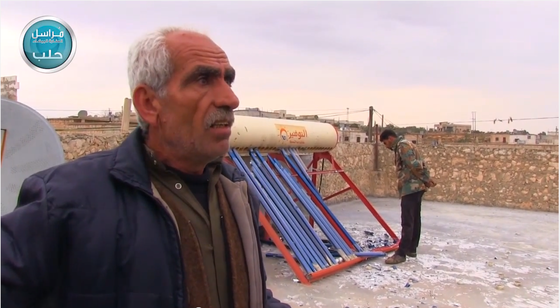
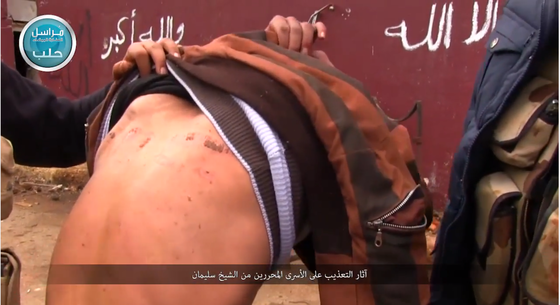
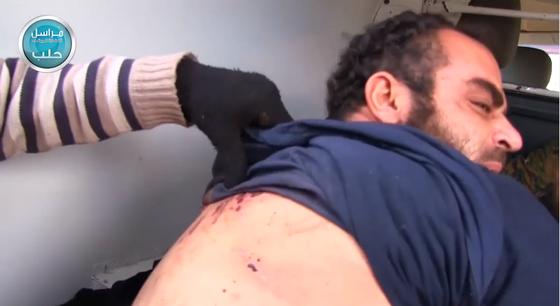
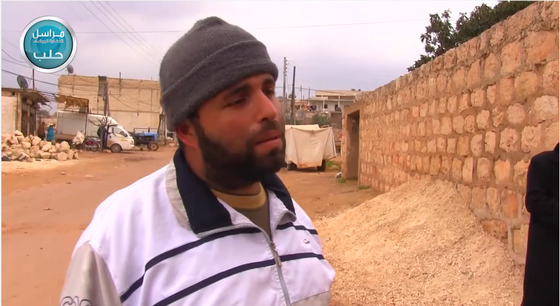
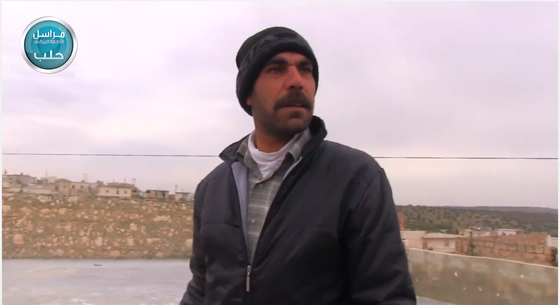
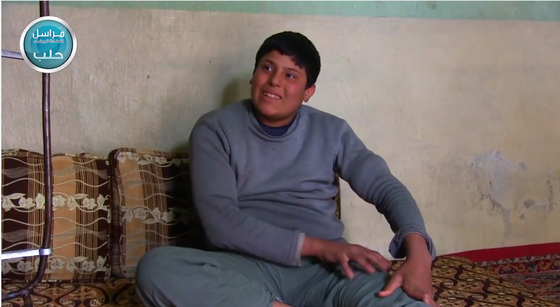
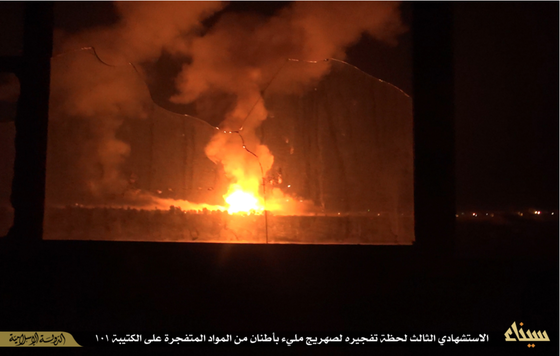
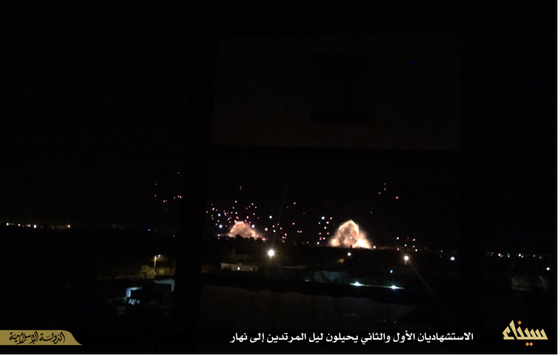






































No comments:
Post a Comment